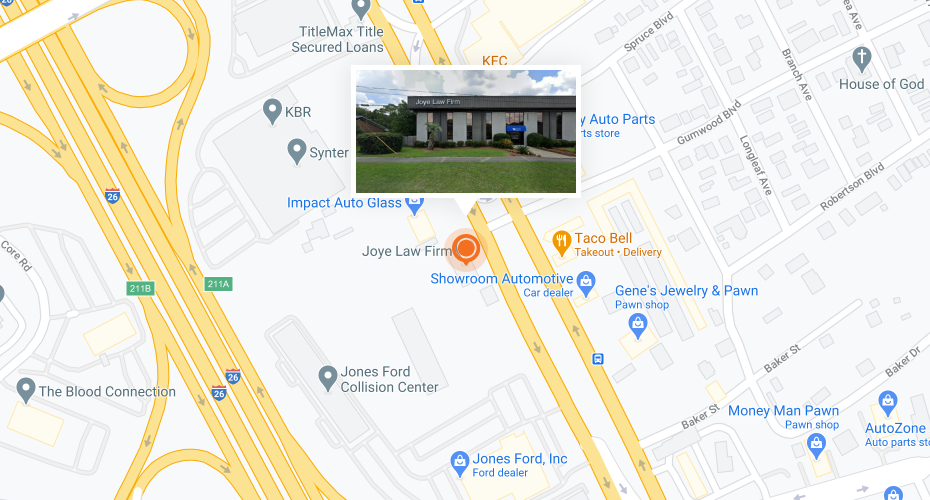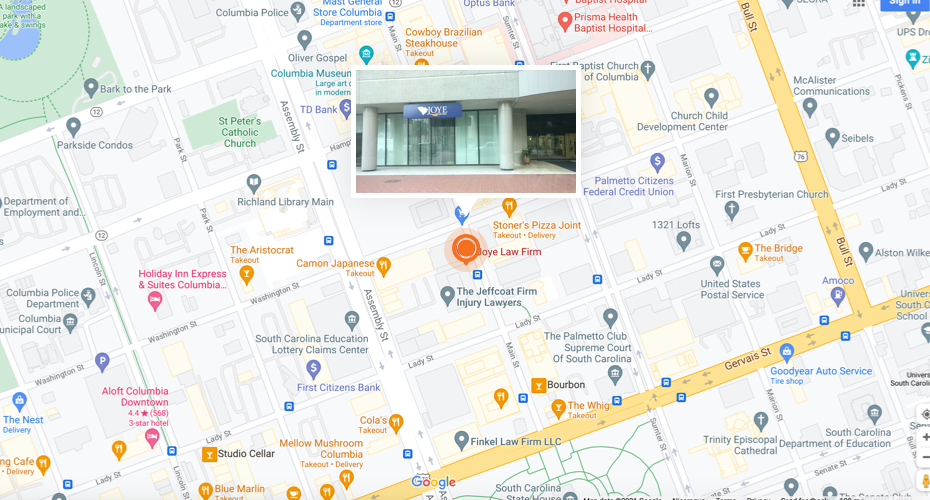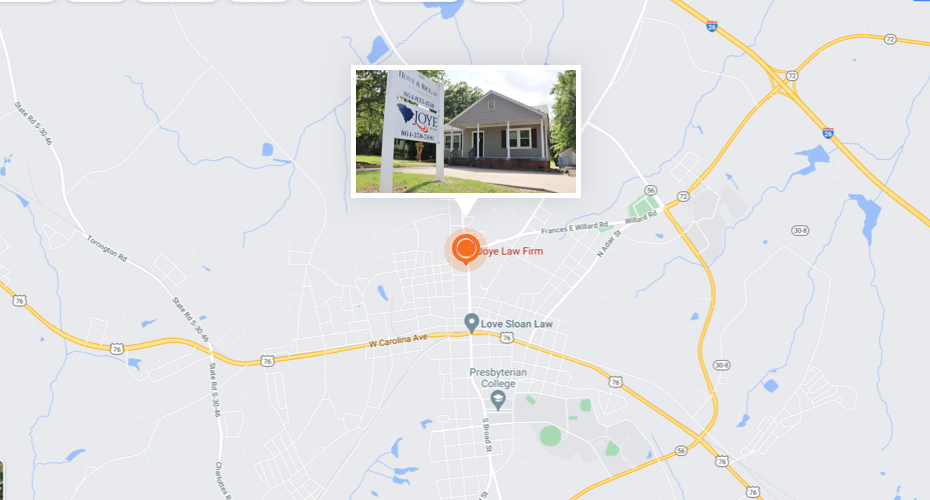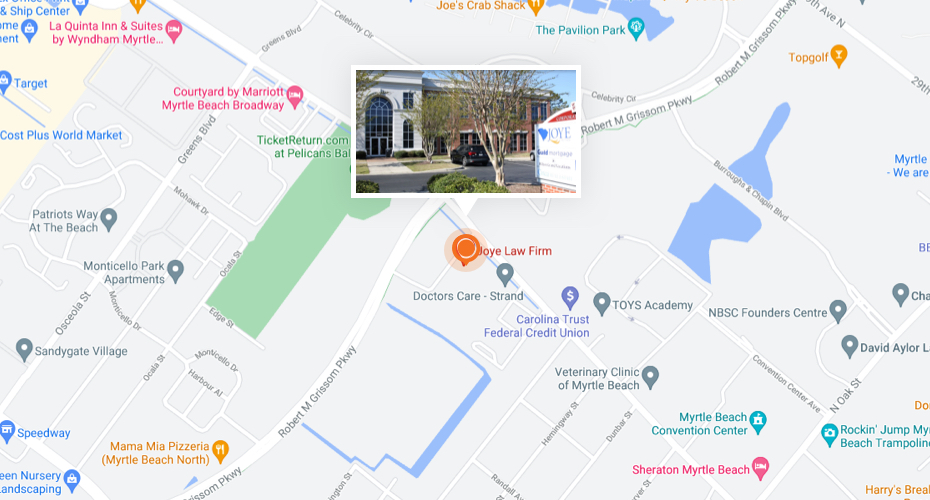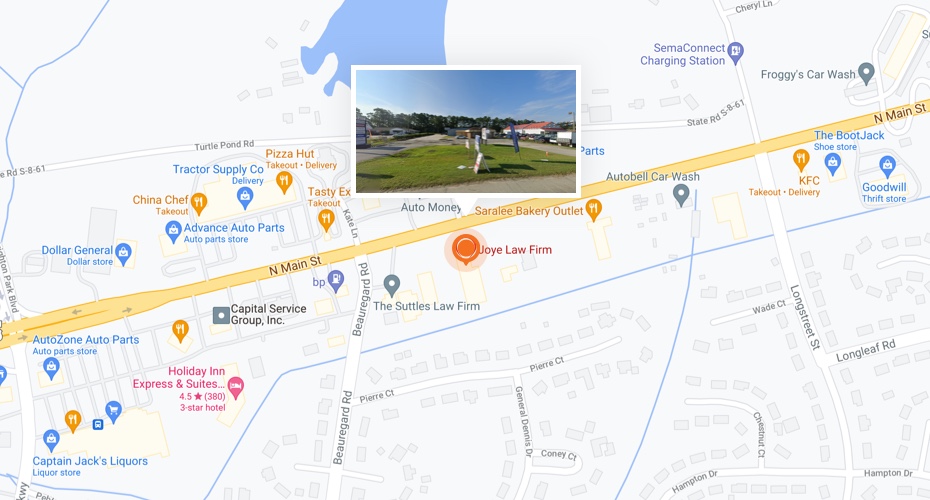
Shoulder dystocia has been described as “one of the most frightening emergencies in the delivery room” by American Family Physician journal. Shoulder dystocia occurs when the baby’s head has been delivered, but the anterior shoulder becomes lodged behind the mother’s pubic bone.
As a result, the baby’s body does not slide out after the head without additional maneuvers by the physician. The baby is essentially stuck in the birth canal, with his or her shoulder lodged behind the mother’s pubic bone. Shoulder dystocia can have serious complications for both mother and baby.
In some cases, a child could experience severe brain damage or death if the delivery team is not able to correct the dystocia and deliver the baby within minutes. A mother could also experience vaginal tears or die from hemorrhaging that results from shoulder dystocia. The child may develop brachial plexus injuries that cause permanent impairment.
When shoulder dystocia occurs, doctors must respond quickly to save both mother and baby. If a doctor or other medical provider’s negligence was responsible for causing shoulder dystocia or failed to provide adequate emergency assistance during labor when shoulder dystocia occurs, the physician, hospital and other responsible care providers could be legally liable.
An experienced birth injury lawyer at Joye Law Firm can help victims of shoulder dystocia injuries caused by negligence recover the compensation they deserve. Call Joye Law Firm at (888) 324-3100 or fill out our online contact form for a free and confidential claim evaluation.
Causes of Shoulder Dystocia
Some of the risk factors for shoulder dystocia include:
- Higher fetal weight. In infants with a birth weight between 5 pounds, 8 ounces and 8 pounds, 13 ounces, there is a 0.6 to 1.4 percent chance of shoulder dystocia. Between 5 and 9 percent of infants with a birth weight exceeding 9 pounds, 14 ounces will experience shoulder dystocia.
- Maternal diabetes. Shoulder dystocia is more likely to occur in infants born to women with diabetes.
- Use of a vacuum extractor or forceps during delivery. When a medical professional uses these tools to help bring a baby out of the birth canal, this increases the chance of the shoulder becoming lodged behind the pubic bone.
To determine if a doctor may be held responsible for either causing shoulder dystocia or for complications resulting from a failure to properly respond to shoulder dystocia, it is necessary to evaluate what a reasonable physician with the same background would have done. If a reasonable care provider would have offered better care or not made the mistake the doctor did, then the doctor could be held legally responsible and required to provide compensation.
Consequences of Shoulder Dystocia
The consequences of shoulder dystocia vary depending on how quickly the problem is resolved and depending on how the doctor is able to extract the child.
Potential complications of shoulder dystocia may include:
- Hemorrhaging in the mother
- Umbilical cord compression, which can cause a number of serious medical emergencies, including deprivation of oxygen to the baby’s brain
- The inability of the child’s chest to expand properly
- Severe brain damage in the baby
- Fractured clavicle in the infant
- Fractured humerus in the infant
- Birth asphyxia
- Contusions
- Lacerations
- Brachial plexus injuries.
Estimates indicate that around 20 percent of babies will suffer some type of injury after shoulder dystocia occurs. These injuries can be very serious. For example, if the baby is deprived of oxygen, he or she can develop cerebral palsy or other types of permanent brain damage.
The child could also experience damage to the nerve root of the spinal cord in segments C5, C6, C7, C8 and T1 (a brachial plexus injury). If the brachial plexus is injured, the child may be diagnosed with Erb’s palsy or Klumpke’s palsy.
Erb’s palsy is a more common outcome from shoulder dystocia and happens when nerve roots C5, 6 or 7 are damaged during labor and delivery. The muscles of the upper arm are sometimes paralyzed or experience impaired sensory and motor function.
Klumpke’s palsy involves damage to nerve roots C7, C8 or T1. Damage to these nerve roots may result in a supinated forearm and a claw-like deformity in the hand. The palm of the hand may also experience the limited sensation.
Seeking Compensation for Shoulder Dystocia Injuries
Doctors, hospitals and other health care providers are supposed to provide a safe environment for a mother and baby during labor and delivery. While some tragedies happen no matter how careful medical professionals are, some birth injuries result from medical negligence or medical malpractice.
If you can prove the doctor, hospital or other care provider was negligent during labor and delivery, and that negligence led to an injury related to shoulder dystocia, you may be entitled to compensation for your losses.
An experienced birth injury lawyer at Joye Law Firm can help you protect your child’s rights. Call Joye Law Firm. We are ready to provide a free and confidential initial consultation about the legal options available to you. Call (888) 324-3100 or use our online case evaluation form today for a free and confidential evaluation of your potential shoulder dystocia claim.
Source:
- American Family Physician – Shoulder Dystocia






















